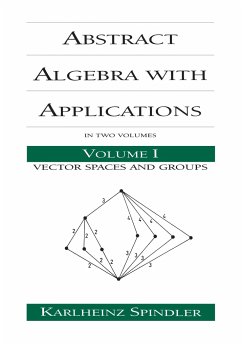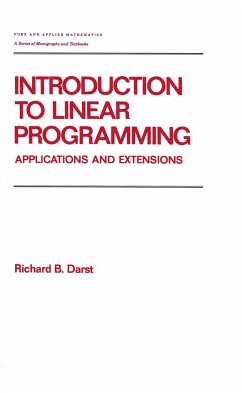
Fundamentals of Linear Algebra
Versandkostenfrei!
Versandfertig in 1-2 Wochen
151,99 €
inkl. MwSt.
Weitere Ausgaben:

PAYBACK Punkte
76 °P sammeln!
Fundamentals of Linear Algebra is like no other book on the subject. By following a natural and unified approach to the subject it has, in less than 250 pages, achieved a more complete coverage of the subject than books with more than twice as many pages.













